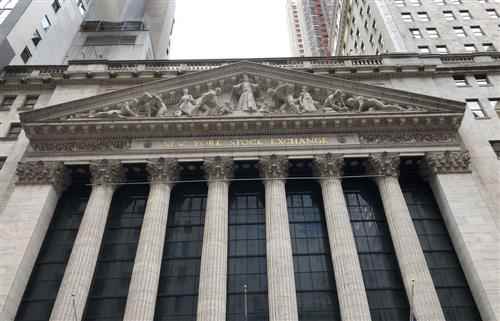A barrel of WTI crude remains at around $82 on the Nymex, while Brent from the North Sea remains at $90…
(Boursier.com) — A barrel of WTI crude remains at around $82 on the Nymex, while Brent from the North Sea remains at $90. Still, the Biden administration plans to release more oil reserves as part of efforts to lower fuel prices ahead of next month’s midterm elections, multiple sources including the Financial Times say. An announcement is expected as early as this Wednesday when President Joe Biden makes a public statement on energy prices. 14 million barrels remain under the previously announced release of 180 million. These measures follow US criticism of the latest production cut decided by OPEC+. However, analysts were skeptical of any significant impact on the market, fearing SPR levels could be at their lowest since 1984.
According to the White House, President Biden has pledged to do everything in his power to address…”Putin’s rising pump prices, and he’s delivering.” Gasoline prices fell at the fastest pace in more than a decade this summer, with average prices down about $1.15 a gallon from their June high and just 30 cents above lows. levels of February 24, when the war in Ukraine began. In fact, gasoline prices have fallen in 15 of the past 18 weeks, the Biden administration claims. According to an industry analyst, the most common price across the country today is $3.39. President Biden is asking his administration to take additional steps to strengthen energy security, address supply shortages and reduce costs.
First, the Department of Energy (DoE) issues a sale notice for 15 million barrels of Strategic Petroleum Reserve (SPR) to be delivered in December. The sale will complement the historic drawdown of 180 million barrels announced by the President in the spring, “which has helped stabilize crude oil markets and lower prices at the pump.” The President also asks the DoE to be ready to move forward with significant additional sales of ‘SPR’ this winter if necessary due to Russian or other actions disrupting global markets.
Second, the Biden administration intends to buy back crude oil for the SPR when prices are at or below around $67-72 a barrel, adding to global demand when prices are around that range. As part of its commitment to ensure the resupply of the SPR, the DoE is finalizing a rule that will allow it to enter into fixed price contracts through a competitive bidding process for delivered products. at a later date. “This buy-back approach will protect ratepayers and help create certainty about future demand for crude oil. It will encourage companies to invest in production now, helping to improve U.S. energy security and lower oil energy prices that have been pushed up by Putin’s war in Ukraine,” the White House added.
Third, the President calls on businesses to immediately pass on lower energy costs to consumers. “The profit that energy refiners are currently making on each gallon of gasoline is about double what it is typically at this time of year, and the retailer’s margin on the refinery price is more than 40% above typical levels.These outrageous industry profit margins – adding more than $0.60 to the average price of a gallon of gasoline – have kept prices at the pump higher than they may have been. Keeping prices high even as input costs fall is unacceptable, and the president will be calling on companies to pass their savings on to consumers now.”
“Oil production in the United States is nearly 12 million barrels a day. By the end of this year, it will increase by about a million barrels a day from when the president takes office. Biden, and she is on track to reach a new yearly high in 2023. However, a number of industry players have suggested that even with today’s high prices, they are wary of investing in production as prices may fall in the future,” adds the Biden administration, which announces “its intention to use SPR buybacks to increase global demand for crude oil at times when the price of crude oil West Texas Intermediate (WTI) is at or below around $67-72 a barrel This will protect the interests of taxpayers as the SPR will repurchase at a price below recent sales, potentially allowing it to repurchase more oil than he only released with the proceeds of the sale. It will also help address grower concerns about uncertain demand in the coming years, encouraging immediate investment.”
The DoE has finalized a first-of-its-kind rule that allows it to enter into fixed-price contracts with suppliers, through a bidding process, to buy back oil for future delivery windows. This new authority will support oil demand when supply is less uncertain and prices are expected to decline. For example, if the market priced barrels to be delivered in mid-2024 at $70, the new rule allows the DoE to contract now for the delivery of oil in mid-2024 at an equal or lower price. at this price. The DoE plans to use this authority to enter into oil buyback contracts for the SPR, targeting a price of approximately $67-72 per barrel or lower, with initial buybacks being delivered in 2024 or 2025. In addition, the DoE is prepared to undertake additional buybacks at times when the price of oil for current delivery drops to around $67-$72 per barrel or lower, completing its future fixed-price contracts as appropriate.
